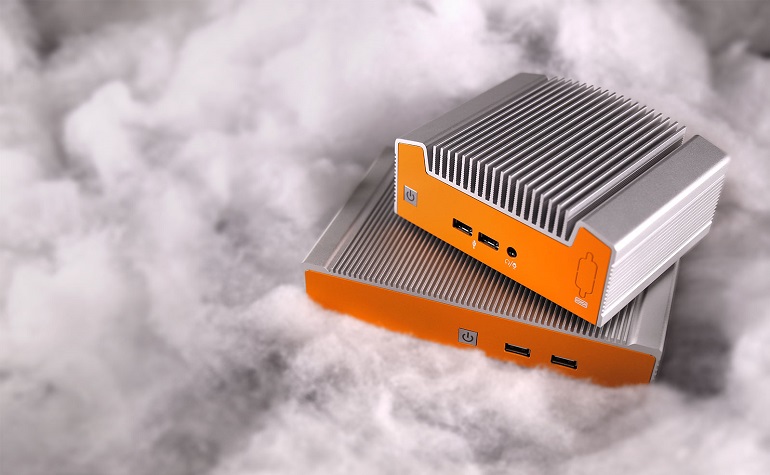Clearing The Fog: What is Fog Computing in IoT?
If there’s been a dominant IT trend this past decade, it’s been cloud computing. Yet even as organizations shift information, applications and processing out of data centers and onto distributed cloud platforms, a new (and perhaps surprising) challenge has emerged: the Internet of Things (IoT). Billions of connected devices are creating new data handling and processing challenges for IT organizations, one the infrastructure of the cloud is often ill-suited to address. The mismatch is apparent in a host of scenarios:
- Industrial control applications: Connected sensors and systems must detect an event or state, and within milliseconds enable a specific control response. Latency is not an option.
- Remote data capture: Field operations like oil wells – often in regions far from reliable network access – produce terabytes of data that can overwhelm remote links, drive up costs and delay analysis.
- Proprietary data: Medical devices produce mountains of strictly confidential patient data that, by law, may not be eligible for hosting with public cloud providers. Local processing and storage can improve data security.
In all of these situations, the cost and scalability benefits of the cloud are undermined by performance, connectivity and logistical challenges. Even comparatively simple scenarios – like building automation and control systems – can often benefit significantly from local processing.
The solution: Blend cloud services with local, edge-bound data capture and processing to enable an architectural pattern quickly becoming known as Fog Computing. As the name implies, fog computing establishes an additional compute layer at the local network edge. Rather than upload all data and inputs to the remote cloud for central processing and response, fog compute models shift specific tasks and data flows to fog computing systems, allowing for select tasks to be completed on-site, as demonstrated in the graphic below.
The benefits can be profound. A 2015 study by research firm Wikibon assessed the three-year financial impact of applying a hybrid, edge-plus-cloud architecture on a remote wind farm, versus a cloud-only setup. Based on a 95 percent reduction in data traffic to the cloud, the study found that management and processing costs over the three-year period dropped from $81,000 to $29,000.
It’s still early days for fog computing, but things are moving quickly. Leading providers like Cisco, Intel, Microsoft and Logic Supply (if we may be so bold) are actively pushing hybrid, fog-based solutions, while industry bodies like the OpenFog Consortium work to forge a common framework for fog computing.
For organizations considering fog computing as a solution to IoT device proliferation, the first task is to take stock. Assess the current IT infrastructure and workflow, and determine if there are activities best served by local, edge processing and storage. Pay close attention to connectivity, both among local devices operating over WiFi, Bluetooth, wired Ethernet and other short-range transports, and between the edge and the cloud. In the case of remote connectivity, wireless options like 4G or LoRa long range wireless may be the best (and only) options for linking to the cloud.
Fog computing is emerging as the connective tissue that binds the prodigious scale and performance of cloud services with the precision and economy of device-laden local infrastructure. By keeping select tasks and data close to home, while transporting others to the cloud, fog solutions enable a hybrid environment that maximizes performance, resiliency and cost.
Get the Latest Tech Updates
Subscribe to our newsletters to get updates from OnLogic delivered straight to your inbox. News and insights from our team of experts are just a click away. Hit the button to head to our subscription page.
Share
More Articles
OnLogic Industrial Computers
Discover OnLogic's multitude of industrial computers that will help you to advance your IoT project
Learn more at OnLogic.com
OnLogic Industrial PCs: Designed to last. Built to order. Delivered in days. Visit our online store at OnLogic.com






